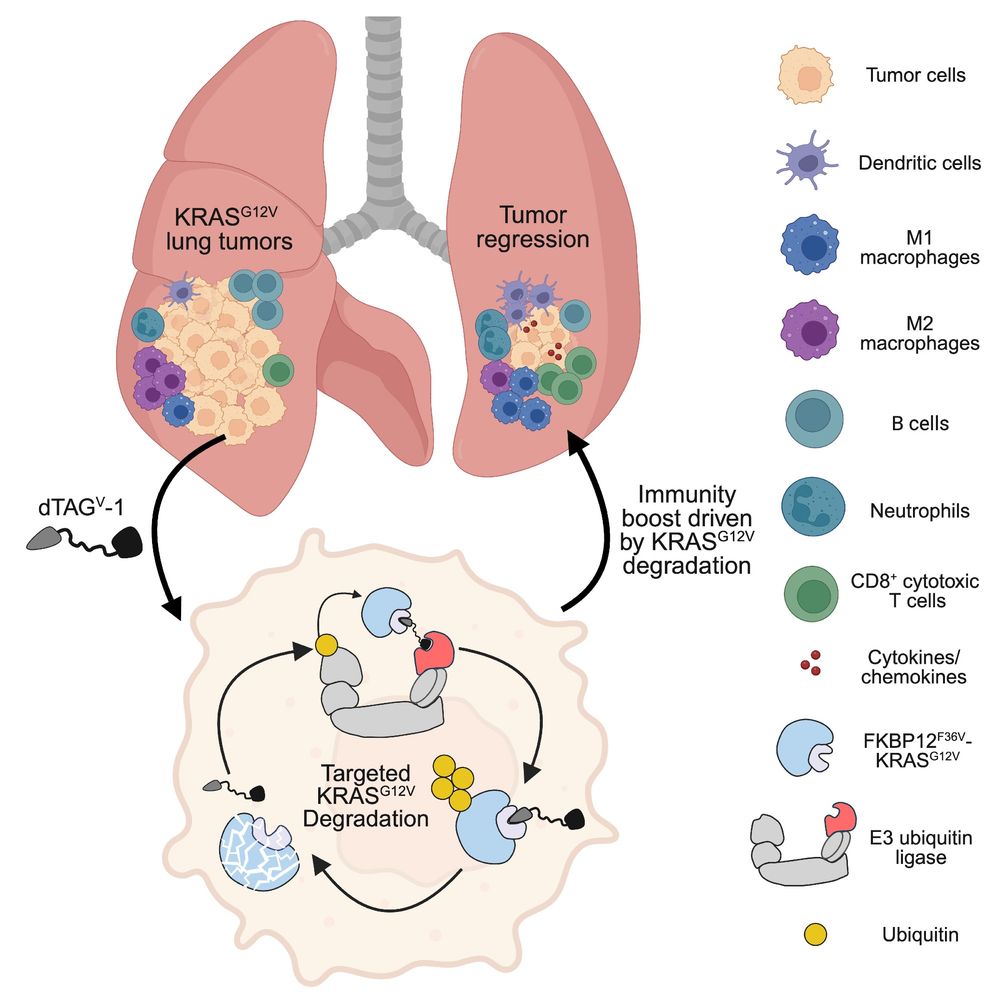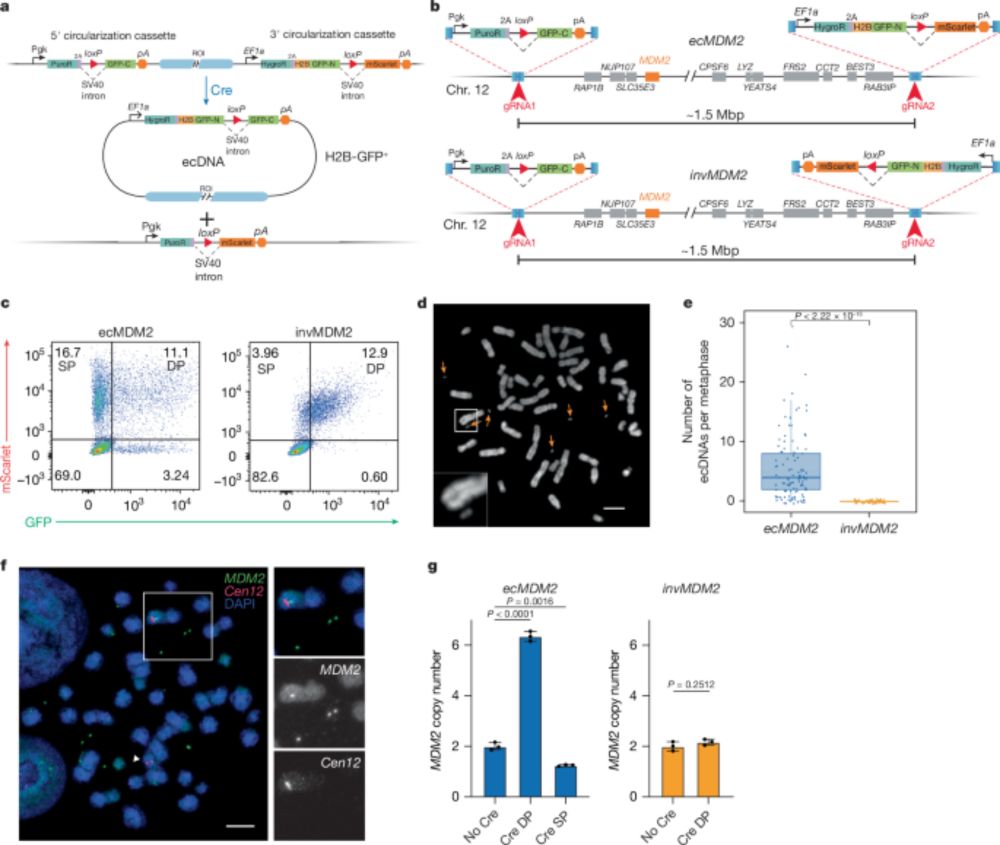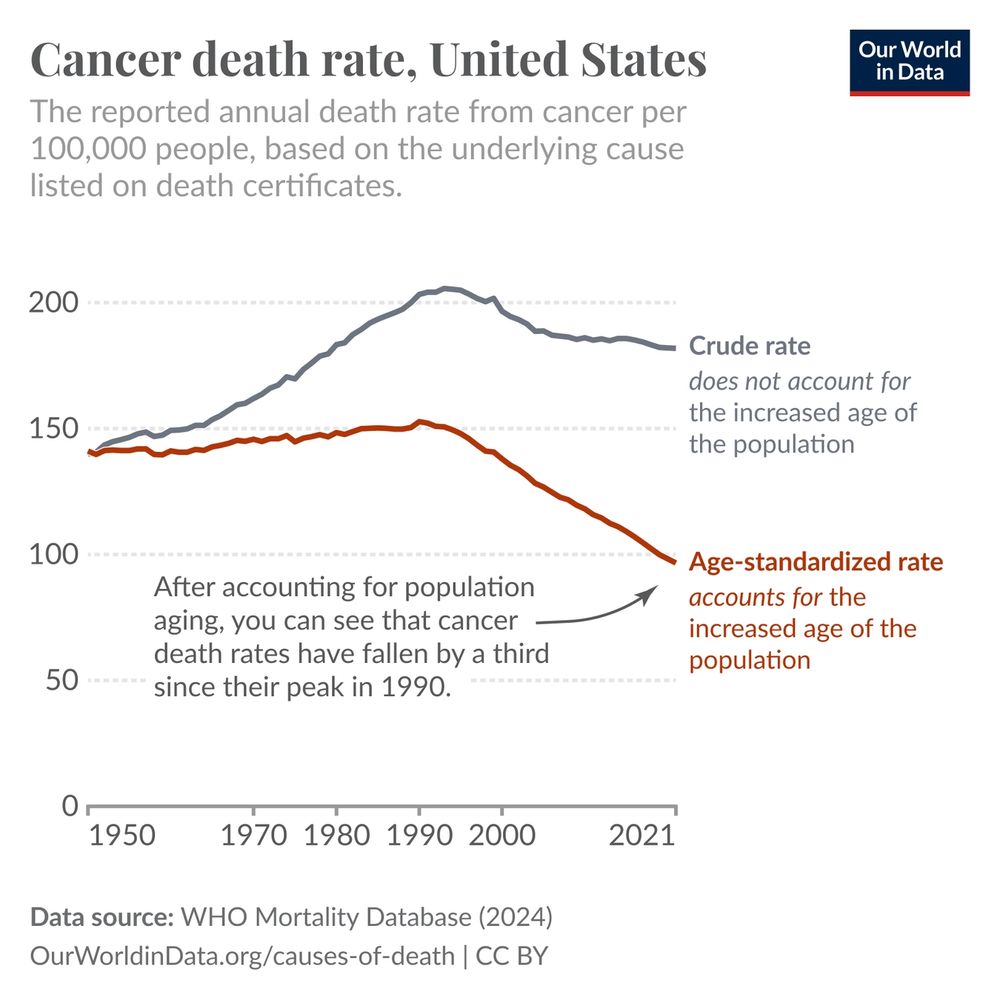Andrew Wood
@andrewwood.bsky.social
110 followers
150 following
13 posts
Research Group Leader at the University of Edinburgh. Using genome editing and targeted protein degradation to study mechanisms underlying human disease and therapy.
Posts
Media
Videos
Starter Packs
Reposted by Andrew Wood
Reposted by Andrew Wood
Craig Kaplan
@triggerloop.bsky.social
· Sep 3

One mother for two species via obligate cross-species cloning in ants - Nature
In a case of obligate cross-species cloning, female ants of Messor ibericus need to clone males of Messor structor to obtain sperm for producing the worker caste, resulting in males from the same moth...
www.nature.com
Andrew Wood
@andrewwood.bsky.social
· Aug 26

Understanding the Protein Tagging Problem: A New Study from the NMGN Degron Tagging Cluster | National Mouse Genetics Network
Celebrating Research Specialists: Driving Innovation in Mouse Genetics Research specialists are often the unsung heroes in biomedical research groups, providing continuity in long-term research progra...
nmgn.mrc.ukri.org
Andrew Wood
@andrewwood.bsky.social
· Aug 26
Andrew Wood
@andrewwood.bsky.social
· Jul 21
Andrew Wood
@andrewwood.bsky.social
· Jul 21
Andrew Wood
@andrewwood.bsky.social
· Jul 21

Systematic comparison and base-editing-mediated directed protein evolution and functional screening yield superior auxin-inducible degron technology - Nature Communications
Traditional genetic perturbation tools such as siRNA and CRISPR knockout operate on timescales that render them unsuitable for exploring dynamic processes or studying essential genes, where chronic de...
www.nature.com
Andrew Wood
@andrewwood.bsky.social
· Jul 10
Andrew Wood
@andrewwood.bsky.social
· Jun 20
Andrew Wood
@andrewwood.bsky.social
· Jun 19
Andrew Wood
@andrewwood.bsky.social
· Jun 19
Andrew Wood
@andrewwood.bsky.social
· Jun 19
Andrew Wood
@andrewwood.bsky.social
· Jun 19
Reposted by Andrew Wood
Joe Marsh
@jmarshlab.bsky.social
· Apr 15

Guidelines for releasing a variant effect predictor - Genome Biology
Computational methods for assessing the likely impacts of mutations, known as variant effect predictors (VEPs), are widely used in the assessment and interpretation of human genetic variation, as well...
doi.org
Reposted by Andrew Wood
Reposted by Andrew Wood
Craig M. Crews
@craigmcrews.bsky.social
· Feb 28
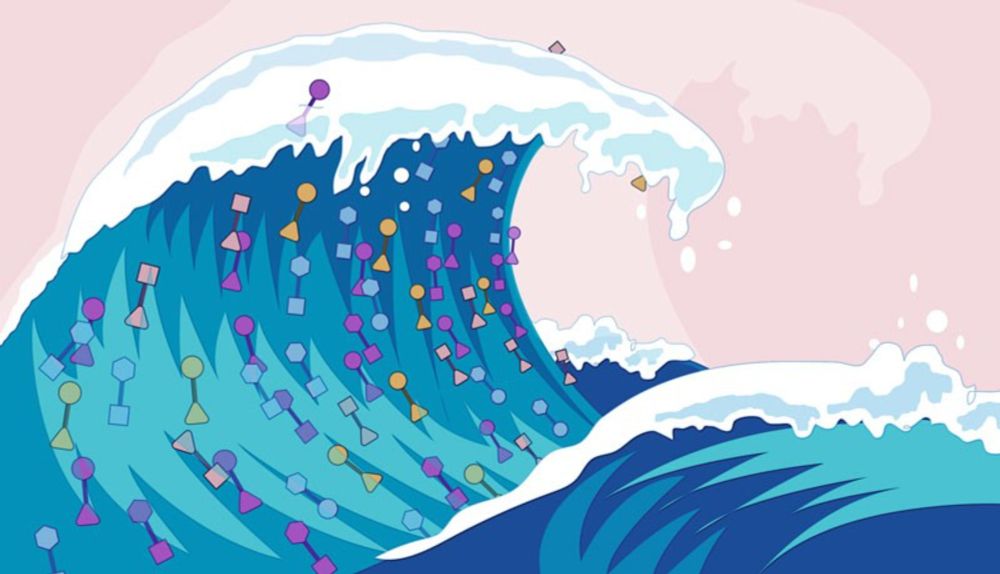
Induced proximity pushes beyond protein degraders, as first RIPTAC moves into the clinic
Halda Therapeutics has started a clinical trial of its first-in-modality RIPTAC drug HLD-0915 in prostate cancer, to see if bifunctional drugs can provide tissue-specific activity.
www.nature.com
Reposted by Andrew Wood
Rita Strack
@ritastrack.bsky.social
· Jan 23
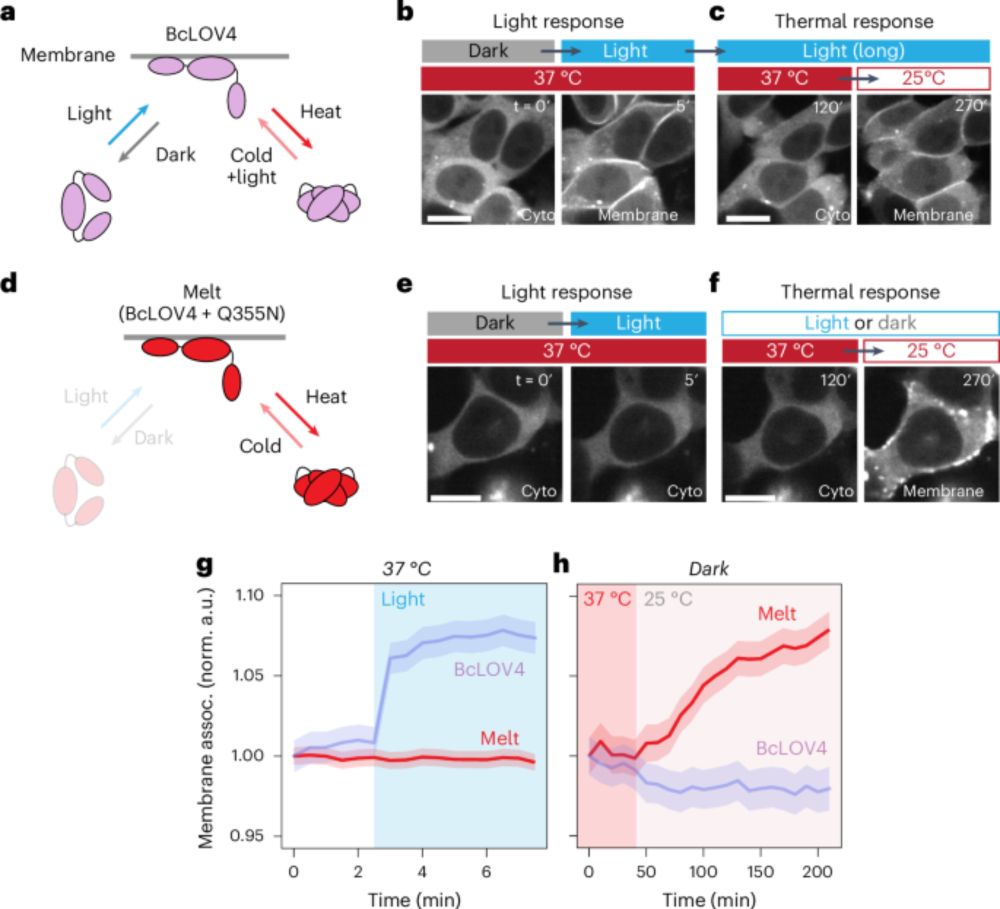
A temperature-inducible protein module for control of mammalian cell fate - Nature Methods
The Melt (Membrane localization using temperature) protein translocates to the plasma membrane upon temperature shift. Melt variants with a range of switching temperatures enable straightforward therm...
www.nature.com
Reposted by Andrew Wood
Reposted by Andrew Wood





